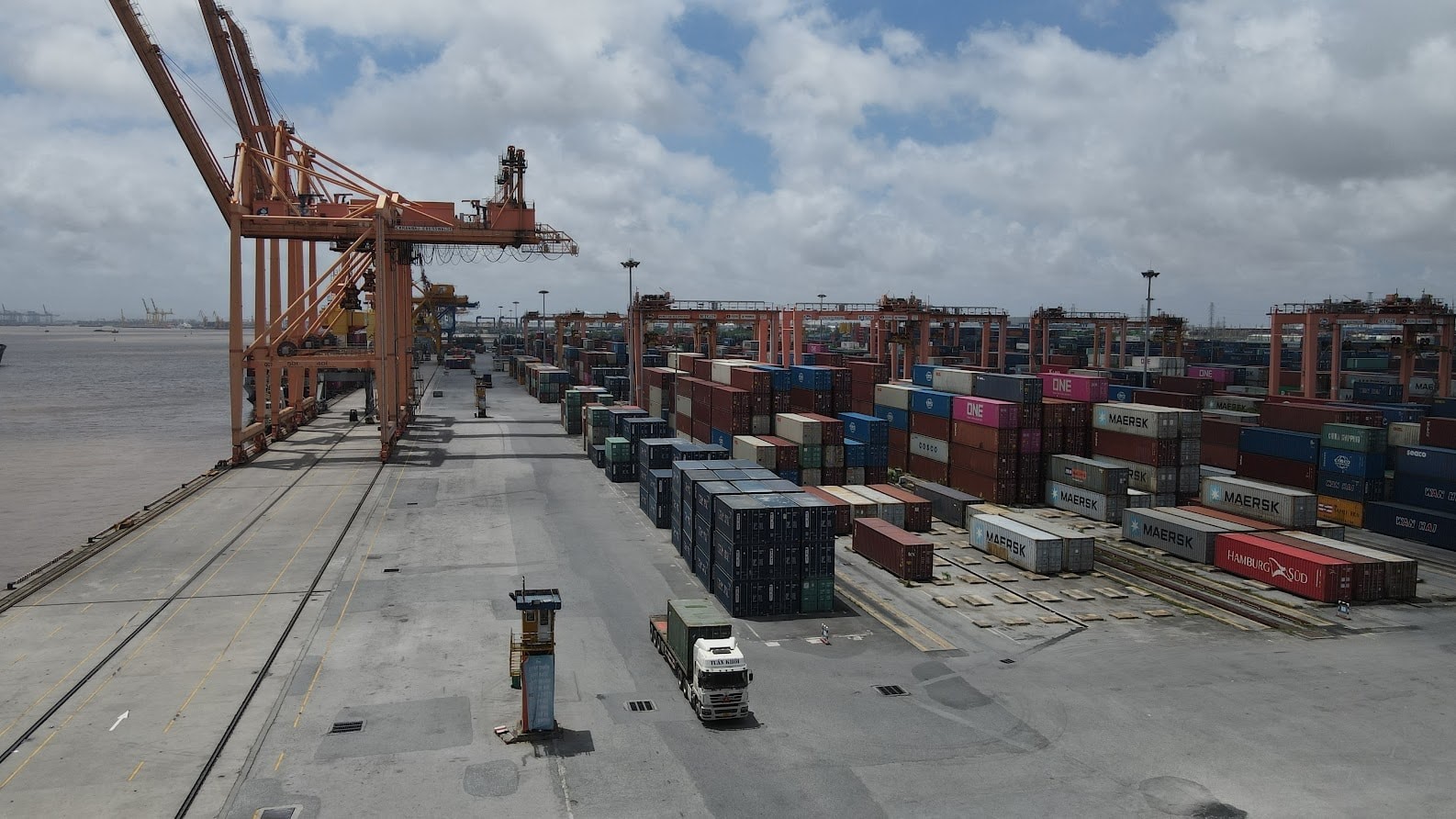
Currently, green logistics is one of the important pillars helping Vietnam achieve the goal of net zero emissions committed at COP26. However, experts say that the green transformation cannot operate on its own without strong, timely and targeted financial policies.
In addition, businesses that want to go green also need to invest in environmentally friendly means of transport, energy-saving warehouses, digital emission management systems, etc. These conditions require large costs and strong support from financial policies from state management agencies.
Commenting on the development picture of the logistics industry, Mr. Tran Thanh Hai - Deputy Director of the Import-Export Department ( Ministry of Industry and Trade ) said that green logistics will be the key to help Vietnamese enterprises increase their resilience to global fluctuations and meet market requirements, especially the EU's carbon tax policies (CBAM).
“Investments in smart containers, optimal operating systems or electric vehicles not only help protect the environment but also reduce long-term costs, especially in the context of constantly fluctuating energy prices. In addition, the advantage of green logistics lies not only in the cost aspect but also in the ability to create competitiveness. Green certificates will soon become an important “commercial visa” to help businesses penetrate demanding markets,” Mr. Hai emphasized.
In fact, Vietnamese enterprises, especially small and medium enterprises, are still facing numerous barriers in the journey of green logistics transformation. According to Ms. Ngo Thi Thanh Vy - Deputy General Director of Long An International Port, Vietnam has recently proactively built a national logistics development strategy and invested heavily in seaport infrastructure.
With the unique feature of being a strategic transit center in the South - an area that accounts for about 45% of the total cargo volume passing through the country's ports, Long An International Port is proving that a seaport is not only a loading and unloading place but also a green innovation hub in the entire logistics chain. However, to realize big plans, the unit needs strong support from financial policies: from green credit, tax incentives to logistics development funds.
According to Ms. Vy, investments in environmentally friendly transportation, energy-saving warehouses or digital emission management systems are not small and not all businesses have the potential to implement them without appropriate support mechanisms. To overcome difficulties, businesses expect to expand their cooperation networks with domestic and foreign partners to build a comprehensive, modern, sustainable logistics ecosystem and promote digitalization.
Mr. Dao Duy Tam - Head of the Customs Management and Supervision Department (General Department of Customs) said that the customs sector has now comprehensively digitized the customs clearance process with the support of AI, blockchain, big data, QR codes, etc., helping to shorten time, reduce costs and especially contribute to reducing emissions in logistics operations.
Accordingly, 99.56% of enterprises have implemented electronic customs procedures. However, for green logistics to truly become a mainstream trend and spread to all business segments, management agencies need to focus on building and regulating a synchronous financial ecosystem. Specifically, there needs to be preferential policies on taxes, green credit, loan guarantees, support for technological innovation, and simplification of administrative procedures, all of which must be linked within a comprehensive and unified policy framework.
Experts say that without financial policies, businesses will not be able to transform on their own and it will be difficult for the Vietnamese economy to achieve the goal of greening or effective digital transformation in the global supply chain. Therefore, to promote the development of this industry, the Government needs to soon issue a comprehensive policy package, clearly designing financial tools suitable for each business size and each stage of transformation.
Source: https://baolaocai.vn/thuc-day-logistics-xanh-post878596.html










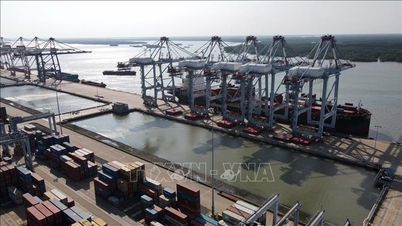



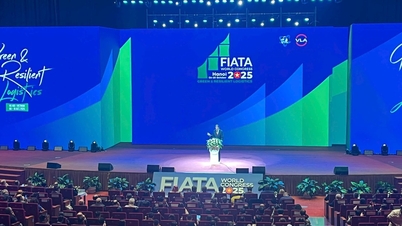

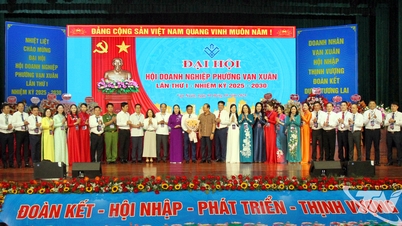



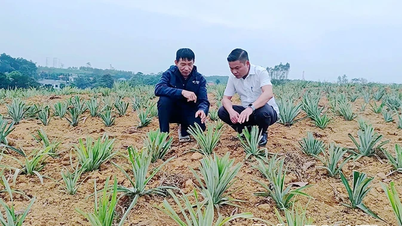



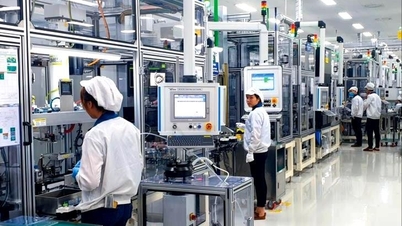


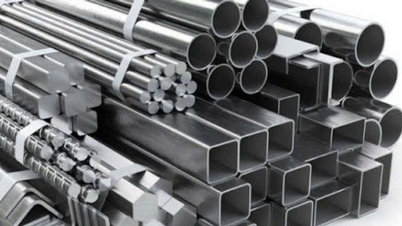





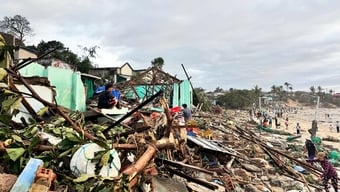








![[Photo] Da Nang: Hundreds of people join hands to clean up a vital tourist route after storm No. 13](https://vphoto.vietnam.vn/thumb/1200x675/vietnam/resource/IMAGE/2025/11/07/1762491638903_image-3-1353-jpg.webp)
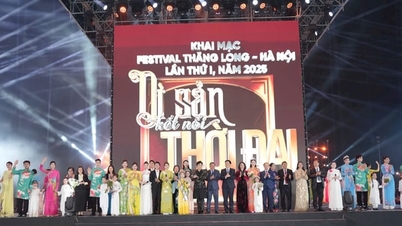










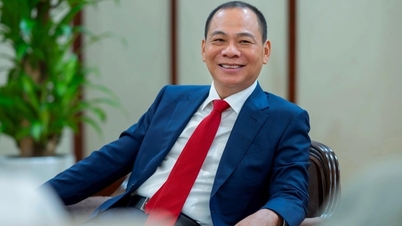












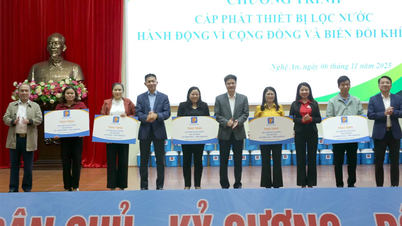


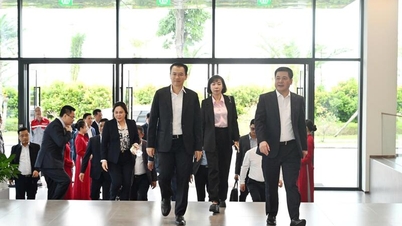

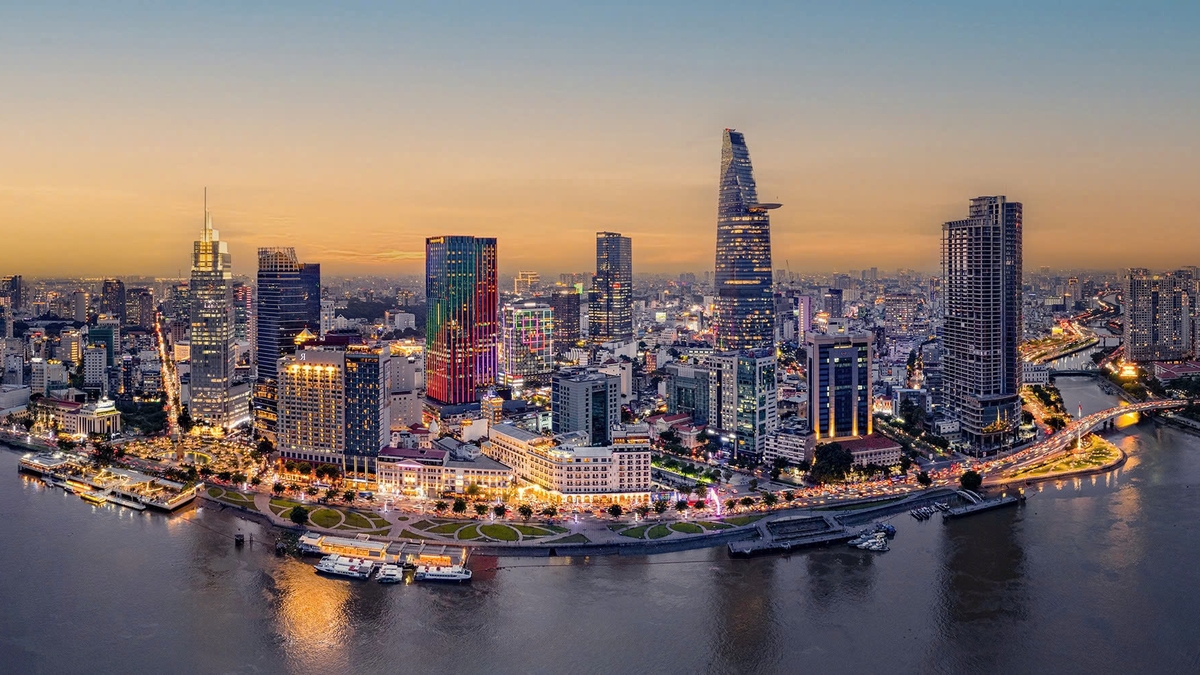











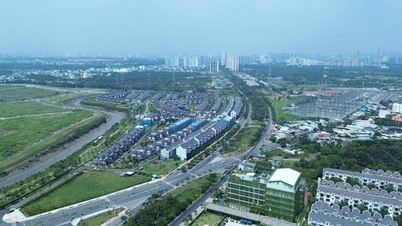




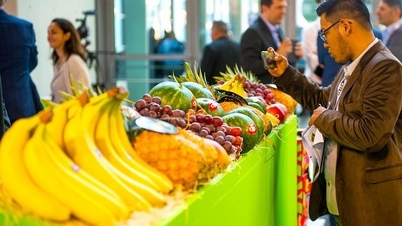


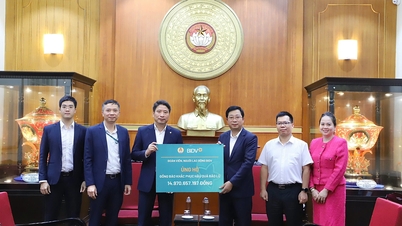

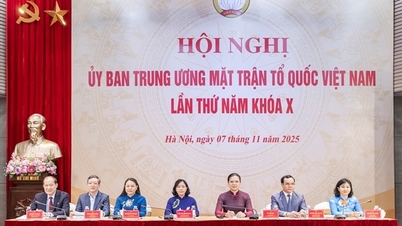
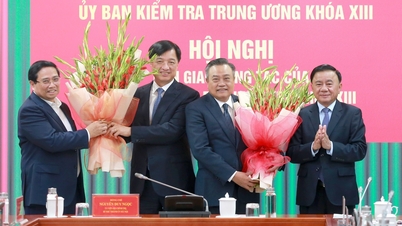














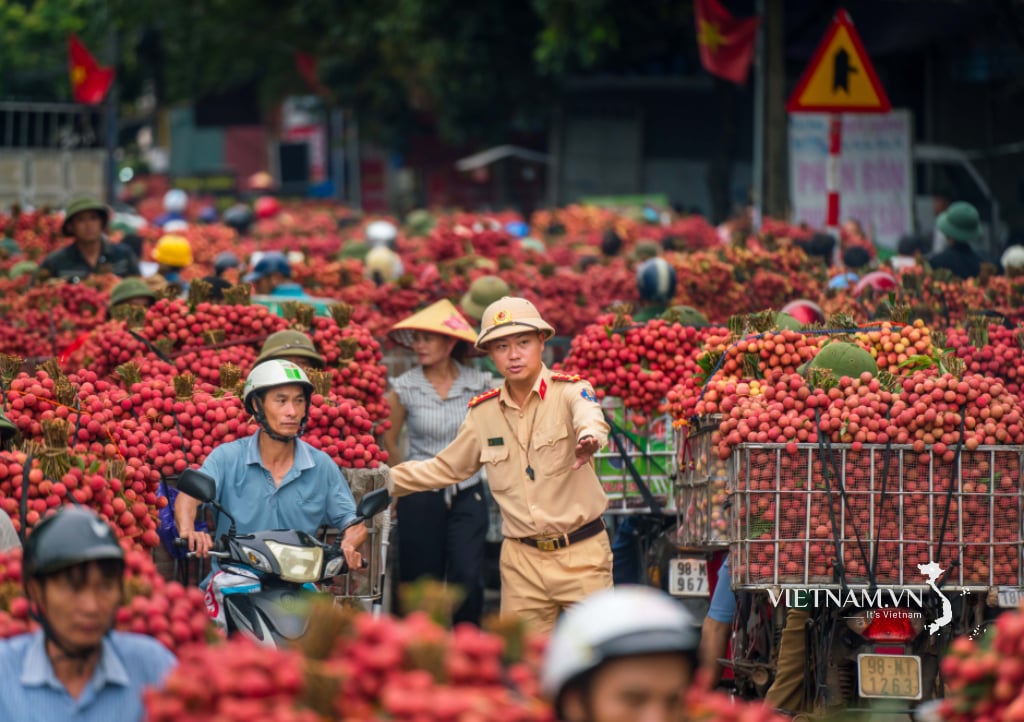



Comment (0)